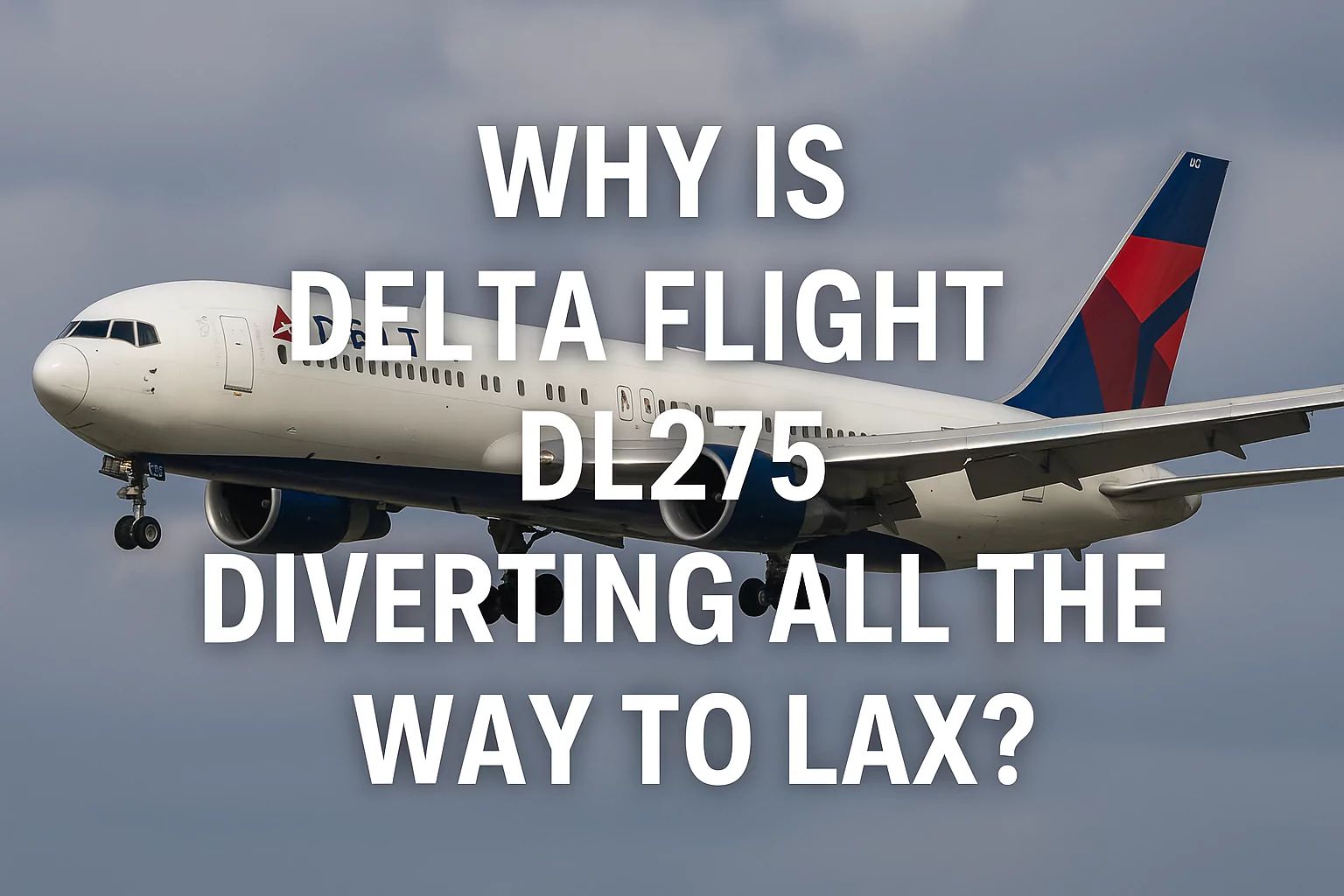Delta, Spirit planes collide at Ohio airport: What Happened?

On Sunday, April 20, 2024, an incident occurred at Cleveland Hopkins International Airport in Ohio involving a Delta Air Lines flight and a Spirit Airlines aircraft. This article dives into the details of the collision, its impact, and the lessons learned.
The Collision at Cleveland Hopkins International Airport
What Happened?
The incident involved a taxiing Delta aircraft, flight DL2577, making contact with a parked Spirit Airlines plane, flight 655, which was preparing for departure. The wingtip of the Delta aircraft struck the Spirit Airlines plane. Thankfully, there were no injuries reported on either aircraft.
FAA Investigation
The Federal Aviation Administration (FAA) promptly launched an investigation into the cause of the collision. This investigation aims to determine what led to the incident and prevent similar occurrences in the future.
Updates on the Collision
Injuries Reported
Fortunately, both airlines confirmed no injuries among passengers or crew members on either aircraft.
Airport Operations Affected
The collision caused delays and cancellations. Delta flight DL2577 was significantly delayed, while Spirit flight 655 was canceled altogether. Airport operations returned to normal after the incident was addressed.
Reaction from the Community
Local News Coverage
Local news outlets in Cleveland covered the incident extensively. They reported the details of the collision, the lack of injuries, and the ongoing FAA investigation.
Social Media Response
The incident also sparked discussion on social media. Many users expressed concern about aviation safety, while others commended the airlines for ensuring passenger safety during the incident.
Lessons Learned from the Collision
Safety Protocols and Precautions
This incident highlights the importance of robust safety protocols and precautions on the ground at airports. Clear communication and adherence to established taxiing procedures are crucial in preventing similar collisions.
Importance of Communication and Cooperation
Effective communication and cooperation between airlines and airport authorities are essential for maintaining a safe environment on the ground. This includes clear instructions for pilots, proper signage, and well-defined procedures for ground operations.
Conclusion
The collision at Cleveland Hopkins International Airport served as a reminder of the importance of aviation safety. While fortunate that there were no injuries, the incident underscores the need for ongoing vigilance and adherence to safety protocols. By prioritizing clear communication, cooperation, and robust safety measures, airlines and airports can work together to prevent similar incidents in the future.









